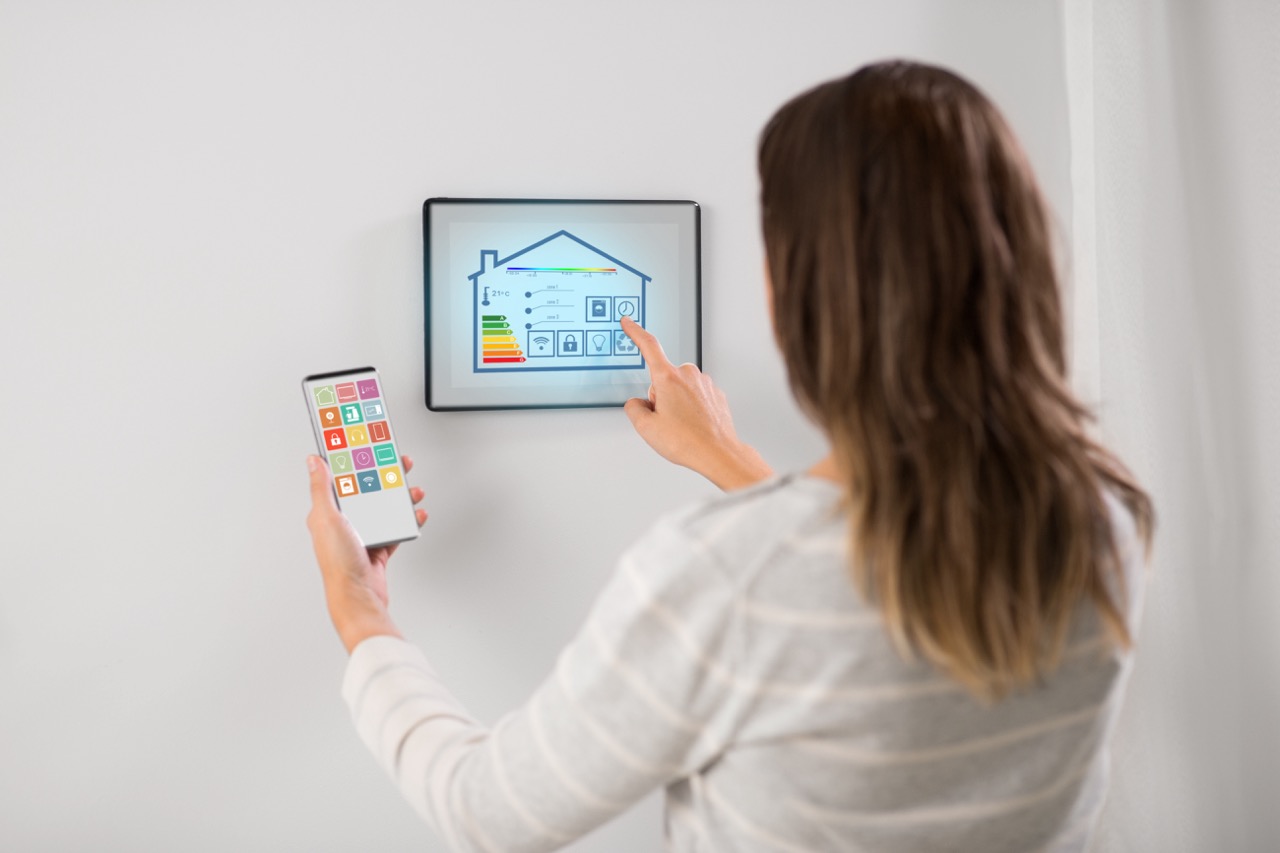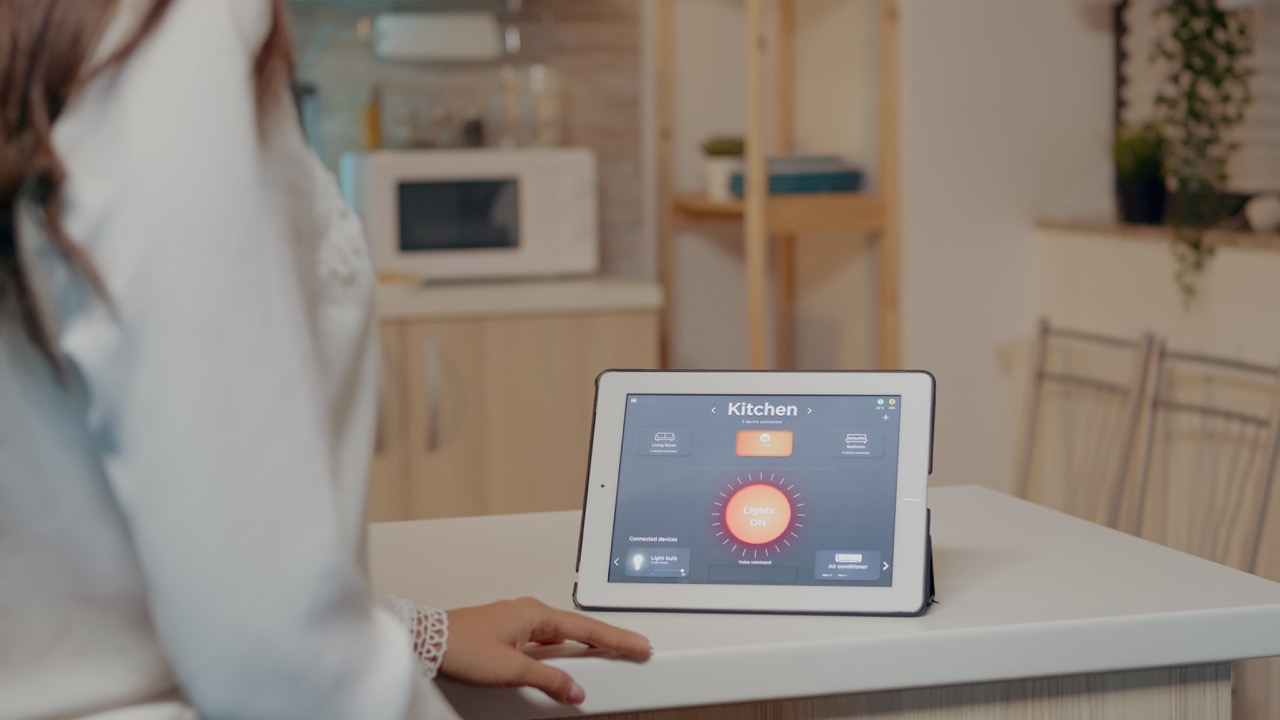The advent of smart home technology has transformed the way we manage our living spaces, with one of the most significant innovations being the smart thermostat. This revolutionary device has redefined climate control, merging user convenience with enhanced energy efficiency. Behind this remarkable technology lies a group of visionary engineers who harnessed their expertise to create a device that transcended traditional heating and cooling systems. This article delves into the pioneering innovation behind the first smart thermostat, the key engineers responsible for its development, the technology that makes it function, and its profound impact on energy efficiency.
Pioneering Innovation: The Birth of Smart Thermostats
The concept of thermostats dates back to the 19th century, but the introduction of smart thermostats marked a significant leap forward in home automation. The first commercially successful smart thermostat, the Nest Learning Thermostat, was launched in 2011 by Nest Labs, co-founded by Tony Fadell and Matt Rogers. Fadell, who had previously worked on the iPod, sought to create a product that would not only provide convenience but also encourage energy-saving behavior among consumers. This vision was revolutionary, as it combined advanced technology with practical home utility.
Smart thermostats represented a convergence of design, functionality, and user-centered features. The device learned the homeowner’s preferences, intelligently adapting to their routines and optimizing energy use without requiring constant manual adjustments. This innovative approach not only simplified the user experience but also integrated seamlessly with other smart home devices, enhancing the overall automation of household systems. As a result, the smart thermostat became an essential component of modern home technology.
The launch of the Nest thermostat inspired a new wave of products within the smart home market. Competitors quickly recognized the potential for innovation in climate control, leading to the emergence of various brands and models that offered additional features, such as remote access via smartphone applications and integration with voice-activated devices. This competitive landscape has accelerated advancements in smart home technology, making energy management more intuitive and effective for users worldwide.
Key Engineers: Visionaries Who Revolutionized Heating Control
The creation of the first smart thermostat was the result of a collaborative effort among a team of talented engineers and designers. Tony Fadell, often referred to as the "father of the iPod," played a pivotal role in the conception and development of the Nest Learning Thermostat. His background in consumer electronics and passion for user-friendly design were instrumental in shaping the product’s interface and functionality. Fadell’s vision was not merely to create another thermostat; he aimed to deliver a device that could revolutionize how people interact with their home environments.
Matt Rogers, the co-founder and chief engineer at Nest, contributed significantly to the technical aspects of the thermostat. With expertise in hardware and software integration, Rogers led the development of the device’s learning algorithms, which allowed it to adapt to users’ habits over time. His ability to merge cutting-edge technology with practical application was crucial in transforming a common household item into a smart, self-learning device. Together, Fadell and Rogers embodied the spirit of innovation that defined the inception of the smart thermostat.
Other key contributors, including engineers and designers from diverse backgrounds, played supportive roles in refining the product. Their collaborative efforts led to a user experience that prioritized simplicity and accessibility. This team dynamic, coupled with a shared commitment to sustainability and energy efficiency, resulted in a groundbreaking product that has left a lasting impact on the industry. Their work serves as a model for future innovations in smart home technology, illustrating the power of interdisciplinary collaboration in engineering.
Technology Behind the Thermostat: A Detailed Overview
At the heart of the smart thermostat’s functionality lies a sophisticated amalgamation of sensors, algorithms, and machine learning capabilities. The device is equipped with temperature sensors that accurately monitor the indoor environment, providing real-time data to the system. These sensors can detect occupancy through motion detection and the smartphone’s geographical location, allowing the thermostat to adjust settings based on whether anyone is home. This capability significantly enhances user comfort while optimizing energy consumption.
The machine learning algorithms are one of the standout features of smart thermostats. By tracking users’ schedules, preferences, and patterns over time, the thermostat can create personalized heating and cooling schedules that adapt automatically. This self-learning capability not only saves energy but also reduces the need for manual adjustments, making the technology user-friendly and highly efficient. The algorithms continuously refine their predictions based on new data, ensuring that the thermostat remains responsive to changes in lifestyle or external conditions.
Additionally, smart thermostats often connect to the internet via Wi-Fi, allowing users to control their home climate from anywhere using a smartphone app. This connectivity enables remote monitoring and management, empowering users to adjust settings even when they are away from home. Many smart thermostats also integrate with other smart home devices, such as smart speakers and home automation systems, fostering a seamless interconnected ecosystem. This technology not only enhances convenience but also positions smart thermostats as central hubs in the smart home landscape.
Impact on Energy Efficiency: Transforming Home Climate Control
The introduction of smart thermostats has had a profound impact on energy efficiency in residential settings. By learning users’ habits and optimizing heating and cooling schedules, these devices have demonstrated the potential to reduce energy consumption significantly. Research indicates that homeowners can save between 10% to 15% on their heating and cooling bills, translating into substantial savings over time. This capability not only benefits the wallet but also contributes to a larger environmental effort by reducing overall energy demand.
In addition to financial savings, the energy efficiency gains from smart thermostats align with broader sustainability goals. As global awareness of climate change rises, individuals and communities are seeking practical solutions to minimize their carbon footprints. Smart thermostats play a crucial role in this movement by encouraging energy-saving behaviors and making it easier for users to manage their energy consumption. By reducing reliance on fossil fuels for heating and cooling, these devices contribute to a cleaner, more sustainable future.
Moreover, many utility companies have recognized the potential of smart thermostats in promoting energy conservation. Various incentive programs reward users for participating in demand response initiatives, wherein homeowners adjust their energy usage during peak periods in exchange for financial benefits. This collaboration between technology and utility providers has fostered a new paradigm for energy management, wherein smart thermostats serve as key tools for achieving sustainability and energy efficiency on a larger scale.
The journey of the smart thermostat from concept to reality showcases the power of innovation, collaboration, and technology. The engineers behind the first smart thermostat, including Tony Fadell and Matt Rogers, have not only transformed the way we control our home climates but have also made significant strides toward energy efficiency. Their pioneering work has paved the way for a new era of smart home technology, where convenience and sustainability go hand in hand. As we look to the future, the impact of their contributions will continue to resonate, inspiring further advancements in energy management and smart living solutions.








